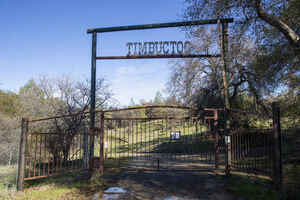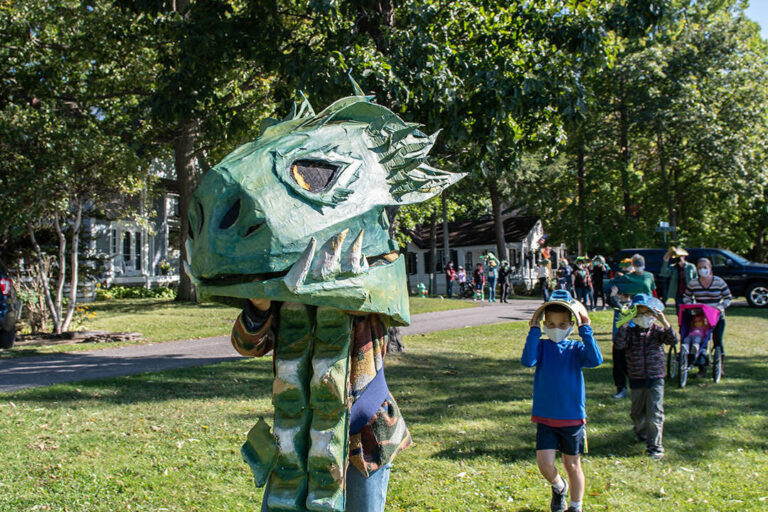Timbuctoo in Smartsville, California

There are no signs pointing to Timbuctoo. The only historic marker for this ghost town is five miles down the road.
Founded in 1855, at one time this was the most populated town in eastern Yuba County. The lure of gold led to its popularity, and like most gold rush settlements, the town included saloons, a Wells Fargo, a theater, and even a church.
Located along the banks of the Yuba River, the name Timbuctoo is believed to have come from an African-American miner who claimed to be from Timbuktu, Mali.
Hydraulic mining was prolific along the Yuba River, and several million dollars worth of gold was pulled from operations here and in nearby Smartville. The wastes produced by such mines were called slickens. This material was then deposited into the river. Mounds of heavier rocks can still be seen throughout the area. The lighter silt and gravel silt were carried downstream, choking the rivers in the valley below.
The flooding that resulted eventually led to one of the nation’s first environmental laws. In 1884, a federal judge ordered an end to hydraulic mining. The mines at Timbuctoo were mostly obsolete by this time and the post office closed in 1883.
There were dozens of hydraulic mining sites upstream high in the mountains. At 397 feet above sea level, Timbuctoo is where the foothills meet the valley floor. The diggings here were the lowest elevation operations in the Sierras.
Fire and vandalism have claimed most of the original buildings in the town. The remains of the old Wells Fargo building are still visible. The diggings and slickens are the most prominent features that can still be seen today.





